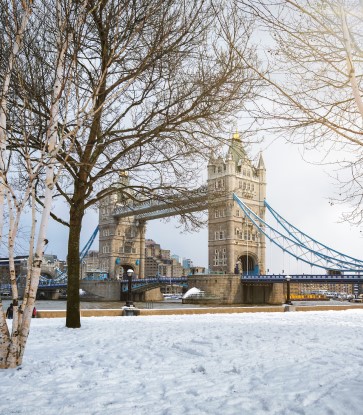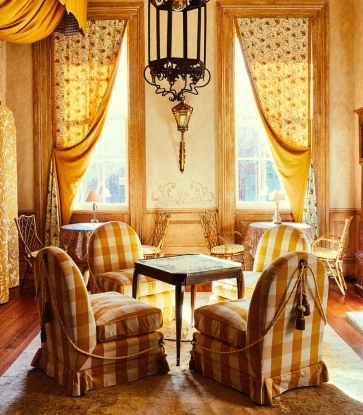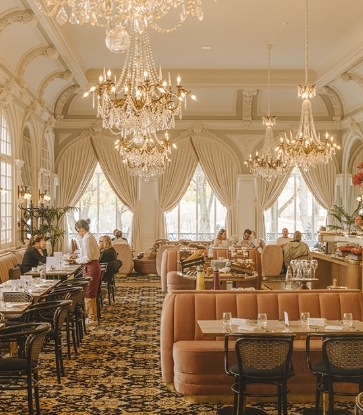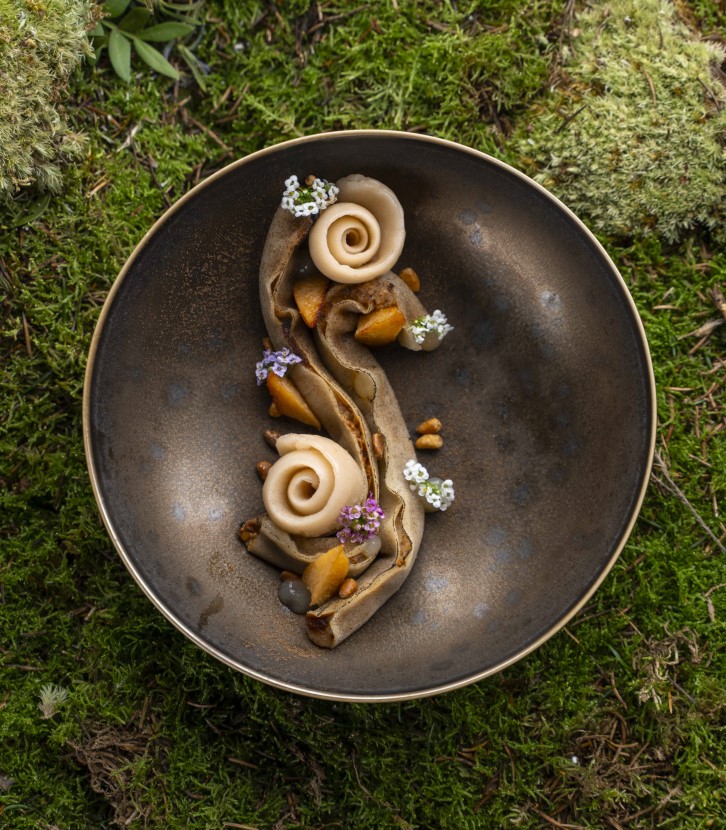When a tsunami flattened Hawaii’s Kona Village in March 2011, it wasn’t just the locals or the property’s employees who mourned the loss—generations of visitors shared their heartbreak. Since 1963, the property, located on the big island of Hawaii atop an 81-acre, lava-lined beachfront site of a former fishing village called Ka’ūpūlehu, had boasted the tagline “Hawaii’s favorite hideaway.”
And it took the hideaway part seriously—no air conditioning, no phones, no televisions, and, for a while there in the beginning, barely any roads. For years, guests flew in directly to a makeshift neighboring airstrip. But whatever it took to get there, guests did it, and they came back year after year, prizing the privacy, the camaraderie, the thatched-roof dwellings along the teal and aquamarine-colored Kahuwai Bay, and the barefoot social scene at the famed Talk Story and Shipwreck bars. And then, just like that, it was gone.
But not forgotten. A small group of devoted frequent visitors became investors, intent on rejuvenating and reopening the property alongside a developer who knew a thing or two about rehabbing historical properties, and after a decade of careful reconstruction, the Kona Village, A Rosewood Resort opened in July 2023.
On a recent visit, the new Kona Village revealed itself to expertly walk the incredibly fine line between paying homage to a beloved historic retreat and setting the bar as a five star hotel that’s more than ready for today’s travelers. Amenities such as air conditioning and WiFi are now par for the course, and cellphones are allowed—though let it be known, there are happily still no TVs. We promise: you won’t miss them. In 2024, MICHELIN Inspectors gave the hotel Three MICHELIN Keys, the only hotel in Hawaii to earn the distinction.
Much of the credit must go to Hawaiian architect Greg Warner. He was enlisted to reconstruct the resort—even fitting some of the beach-spanning hales (the Hawaiian term for dwelling—in this case, think ultra-refined beach bungalows) to the exact dimensions of the preexisting footprints. He worked with Re-Use Hawaii to source largely recycled materials, including wood scavenged from the wreck of the original hotel.




Inside: Luxurious, Open-Air, and Fireproofed
The resulting resort is sleek and deceptively pared-back: traditional thatched roofs were done in fireproof recycled plastic, rather than the traditional native leaves, and the 150 hales were positioned in neighborhood-like crescents that optimize the area’s famed North Pacific trade winds, lessening the need for air conditioning. The elegantly appointed interiors echo the natural scenes, their generous lanais open to gardens and lagoons: with fixtures, furnishings, and decor largely custom.
Each hale’s color scheme is tied to the landscape, from the rich yellows and blues of the beachy southern side of the property to the deep greens of the rooms by the lagoons, and the red and blacks of those situated on the lava-field. The sumptuous new Asaya spa is built into the expansive lava field, using the volcanic rock as both sculpture and landscape, with treatment rooms and lounges that spill out to panoramic views of the Hualalai volcano. Everything has been carefully chosen to amplify the land’s mana, or inherent power and restorative energy.
All of the art in the rooms and throughout the grounds is by native Hawaiian artists or current residents. Sculptor Kaili Chun was enlisted for multiple pieces, the highlight of which is Pe‘a, crab-claw-shaped sails that float above diners at the property’s excellent Pacific-to-plate fine dining restaurant, Moana. The sails reference both the island nation’s history of canoe sailing and the resort’s emblem, which was itself taken from a half-century-old rock carving, or petroglyph, found on the property.
Beloved watering holes Shipwreck bar—constructed from original Kona Village founder Johnno Jackson’s shipwrecked schooner—and Talk Story Bar have been painstakingly resuscitated, the latter in its original location on the edge of the beach. A new addition to the roster is a small infinity pool and beachfront sushi bar adjacent to Moana restaurant, an excellent choice for delectable nigiri with thoughtful flavor combinations whipped up en plein air. The selection of wines at the restaurant is likely the best in Hawaii.




The Best of the Past, the Best of the Present
For those seeking adventure over sunbathing, Kona Village, A Rosewood Resort has maintained its excellent activity roster, from outrigger canoeing and kayaking to snorkeling in the marine-life-filled waters of the protected bay. Depending on the time of year, whale spotting from your breakfast table is somewhat de rigeur.
The most exciting aspect of the revived Kona Village—and the most remarkable for both travelers and Rosewood’s competition— is how thoughtfully the place has been brought up to speed for the demands of an increasingly aware traveler.
Sustainability, hardly a buzzword of the early '60s. is now of the utmost importance. The aim, a hotel rep explained on a recent visit, is to live lightly on the land. The entire resort is off the grid and runs entirely on its own solar field and water plant. An on-site farm provides the lion’s share of the property’s produce, and food waste is fed to local pigs.
This awareness extends socially as well. A cultural committee of lineal descendants was formed by the new Kona Village, and is regularly consulted and credited. Hotel guests are encouraged to visit a cultural center on the property for a history of the island, as well as a tour of the property’s 21 archeological sites, including a lava field that contains hundreds of petroglyphs. It’s just another example of how elegantly and exceptionally the new Kona brings its past into the present.
Book Kona Village, A Rosewood Resort on The MICHELIN Guide →


Hero image: Kona Village, A Rosewood Resort
















